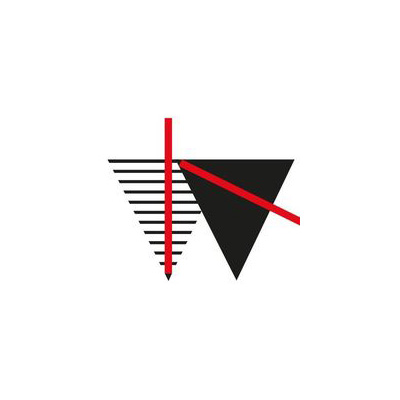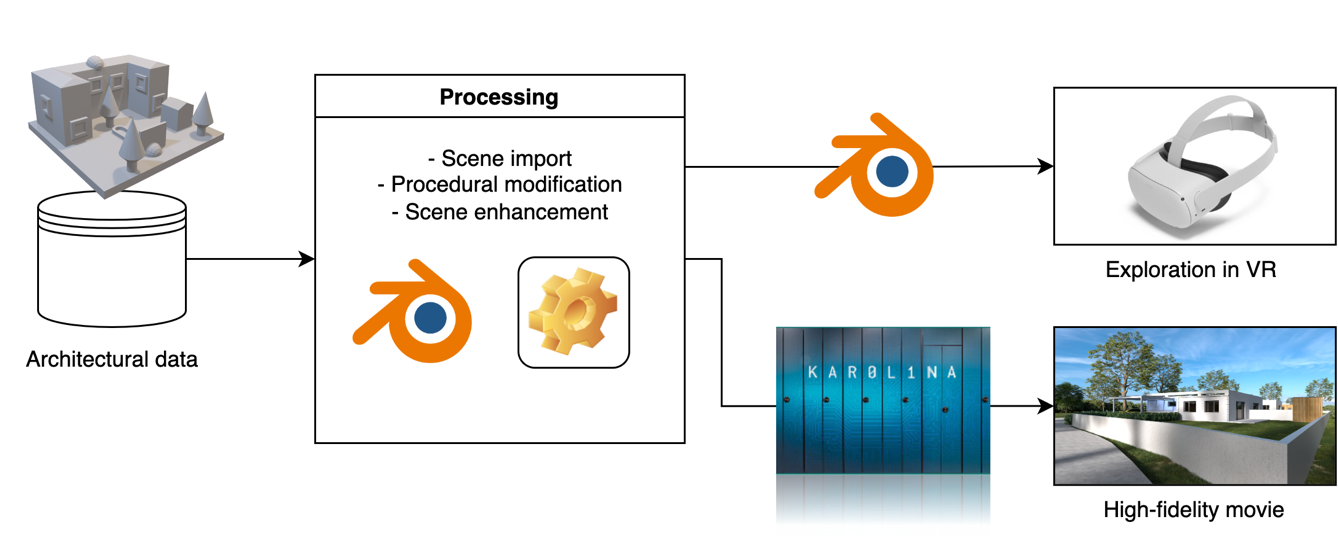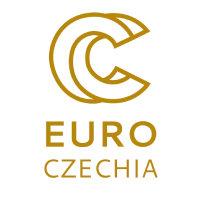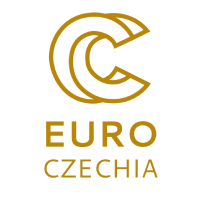Partner: INFER WAY s.r.o.
Field: architecture, civil engineering
 The activities of INFER WAY are mainly focused on designing buildings, public spaces, architectural-urban studies and interiors. The stages of project documentation include mainly architectural and urban studies and all other corresponding stages up to the implementation of buildings and interiors. The project portfolio includes civil buildings, residential buildings, single-family houses and various interiors.
The activities of INFER WAY are mainly focused on designing buildings, public spaces, architectural-urban studies and interiors. The stages of project documentation include mainly architectural and urban studies and all other corresponding stages up to the implementation of buildings and interiors. The project portfolio includes civil buildings, residential buildings, single-family houses and various interiors.
The aim of the cooperation with the National Centre of Competence for HPC was to develop and then verify suitable procedures for processing input architectural data that would enable the generation of visually attractive outputs. For the purposes of this project, the long-standing expertise and state-of-the-art infrastructure of the national supercomputing centre IT4Innovations was used. Primarily, it was about creating procedures to appropriately modify and augment the 3D scene to generate photorealistic quality video footage. Furthermore, the aim was to design procedures and modifications to the scene to allow interactive scene exploration in VR while incorporating maximum visual quality. In both cases, a path trace rendering was used. This allowed us to achieve high visual quality. In the case of generated video footage, it was used to render out all the frames. In the case of VR scenes, it was used to bake proper lighting into the image textures for object materials. A supercomputer was used to achieve fast and accurate rendering outputs.

Our solution uses a complete open-source tool Blender, which allows for creating and modifying 3D content, including the parameterization of the scene. A physically based photorealistic Cycles renderer was used to transform the input data with architectural designs into interactive and highly realistic visualizations. For the rendering itself, our own Blender extension was used, thanks to which it is possible to make maximum use of the latest supercomputers and thus speed up the whole process considerably. As a result, a processing pipeline that provides either interactive visualization in VR with realistically rendered light and shadows or completely photorealistic videos from the 3D design has been suggested and tested.
Martina Peřinková, CEO of INFER WAY s.r.o.
“Outputs of such workflow can better communicate design ideas with the customers, and due to the integration of VR technology in the process, resulting visualizations can be highly immersive. This can further improve the explanation of design ideas between the designer and the customer. Thanks to the use of HPC, it is possible to achieve high visual quality in a fraction of the time compared to rendering on a standard workstation or a set of several workstations.”

